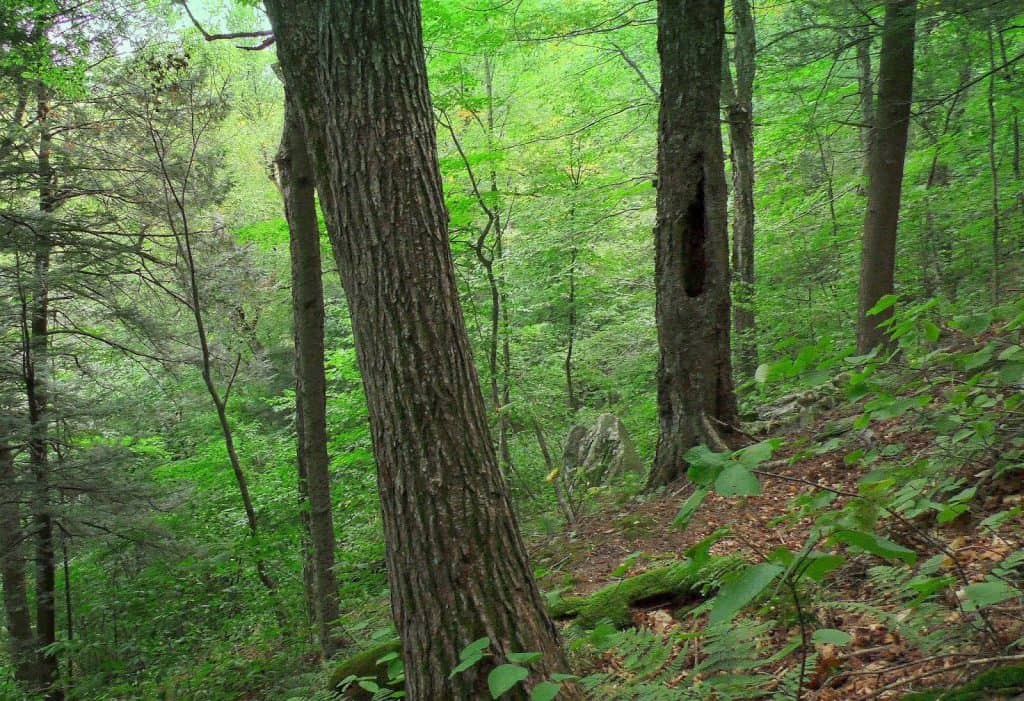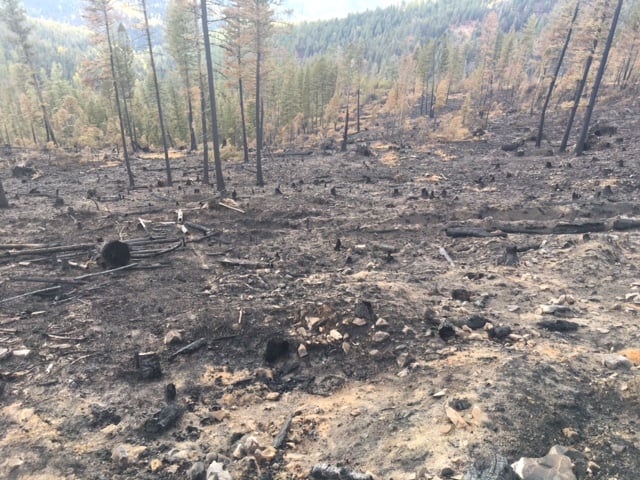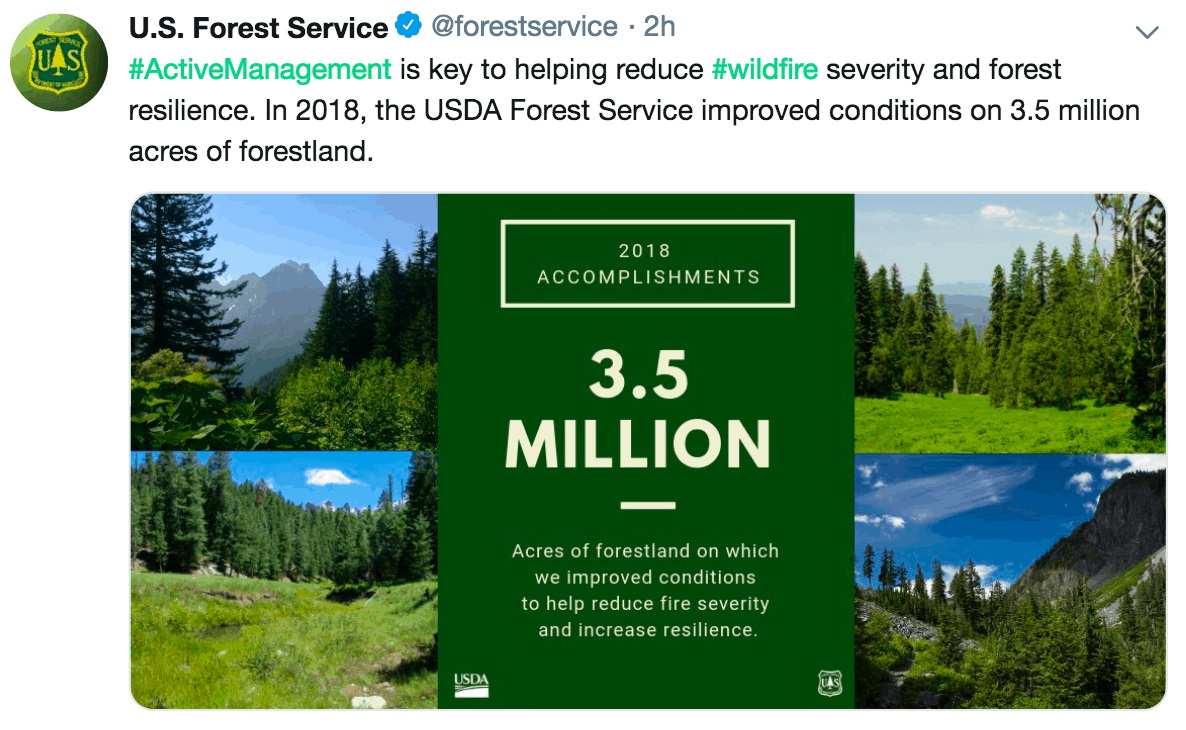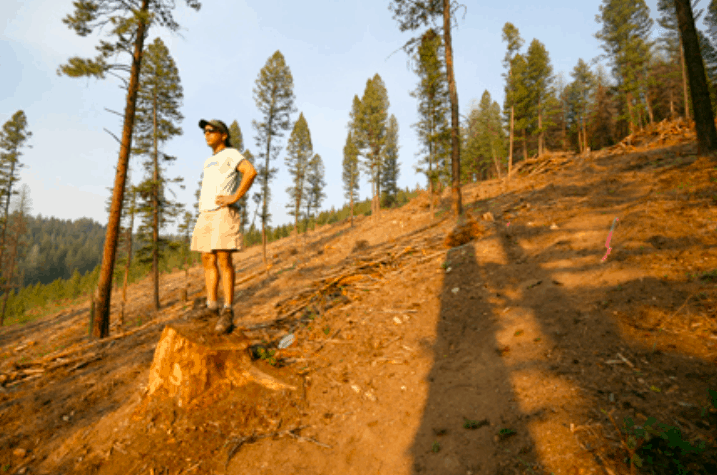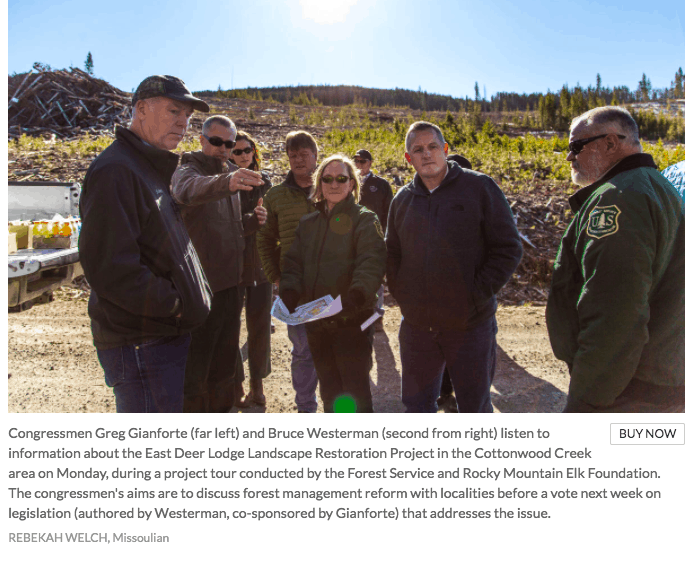Here’s a link. Some excerpts.
he Senate on Tuesday passed the most sweeping conservation legislation in a decade, protecting millions of acres of land and hundreds of miles of wild rivers across the country and establishing four new national monuments honoring heroes from Civil War soldiers to a civil rights icon.
The 662-page measure, which passed 92 to 8, represented an old-fashioned approach to dealmaking that has largely disappeared on Capitol Hill. Senators from across the ideological spectrum celebrated home-state gains and congratulated each other for bridging the partisan divide.
“It touches every state, features the input of a wide coalition of our colleagues, and has earned the support of a broad, diverse coalition of many advocates for public lands, economic development, and conservation,” said Senate Majority Leader Mitch McConnell, (R-Ky).
Perhaps the most significant change the legislation would make is permanently authorizing a federal program that funnels offshore drilling revenue to conserve everything from major national parks and wildlife preserves to local baseball diamonds and basketball courts. Authorization for the popular program, the Land and Water Conservation Fund (LWCF), lapsed months ago due to the partial government shutdown and other disputes. Liberals like the fact that the money allows agencies to set aside land for wildlife habitat. Conservatives like the fact that taxpayers don’t have to foot the bill for it.
Congress is now set to reauthorize the fund in perpetuity, though it will not make its spending mandatory. Congressional funding for the program has “fluctuated widely” since its inception in 1965, according to a 2018 Congressional Research Service report. Less than half of the $40 billion that has piled up in the fund during its five decades of existence has been spent by Congress on conservation efforts.
And Utahns supporting wilderness..
As outlined his opposition in the Deseret News a day after Utah’s junior senator, Mitt Romney (R), defended the package in the same paper. “We can conserve wildlife, protect historic sites, maintain access and preserve Utah’s public lands in a way that reflects the priorities of rural Utahns,” Romney wrote. “This is the future our public lands need and deserve.”
In an interview, Heinrich noted that Republican and Democratic supporters of the bill stuck together to defeat hostile amendments such as Lee’s, which could have unraveled the deal.
“That’s something you used to see all the time,” he said. “That’s been much more rare in recent years.”
The package designates several other protected areas in Utah, including the 850-acre Jurassic National Monument and the much more vast San Rafael Swell Recreation Area. Scott Groene, Southern Utah Wilderness Alliance executive director, said the wilderness designations will keep motorized vehicle use at bay in Desolation and Labyrinth Canyons, part of the dramatic red rock landscape that defines the state.
“Spectacular canyons will remain quiet places,” Groene said.
Maybe Congress working together based on mutual interests (and listening to the voices of those affected), and major bipartisan lifting to get a bill out the door, will become more frequent. One can only hope.


